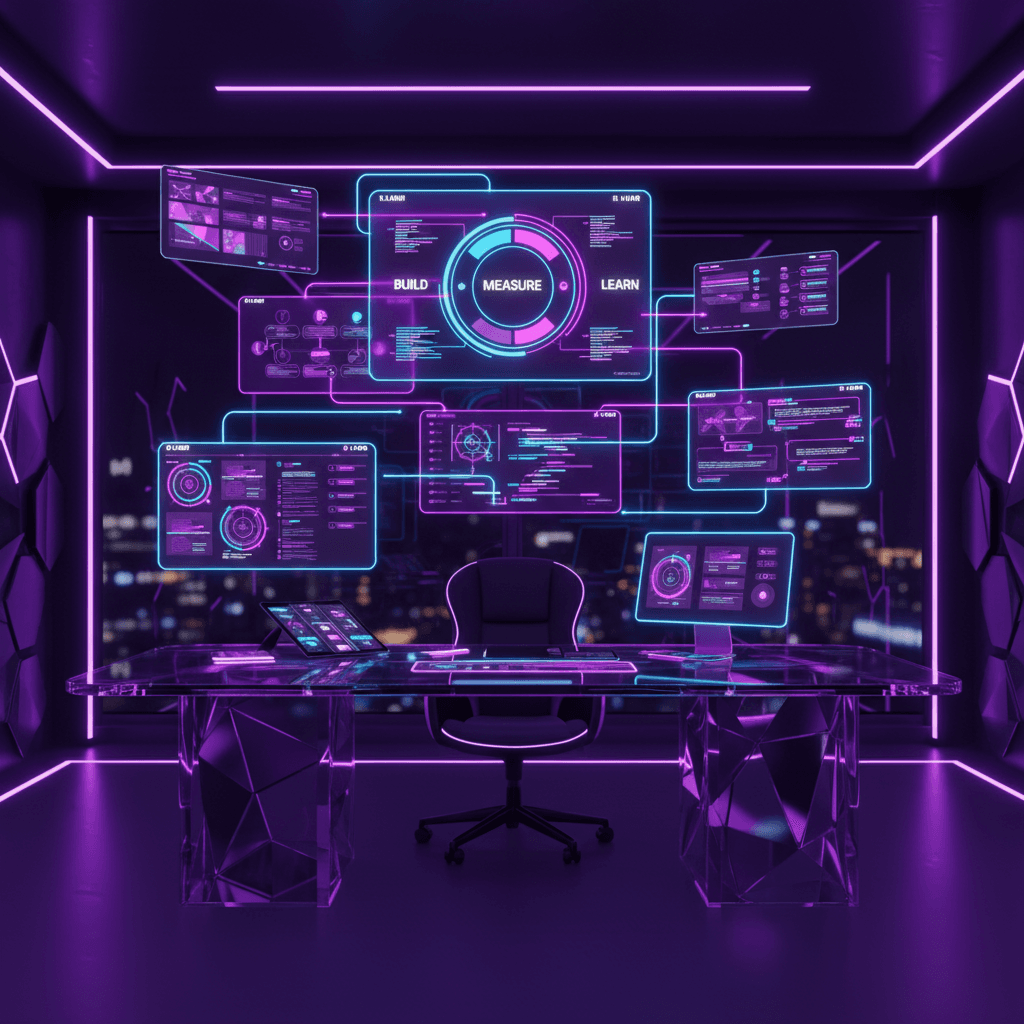Introduction
In website projects it’s tempting to jump straight into development. Yet before a single line of code is written, you need a clear vision of structure, functionality, and user journeys. Wireframes and mockups bridge the gap between concept and build.

What Is a Wireframe?
A wireframe is a simple schematic of a page layout—the “skeleton” of your site. It focuses on placement and functionality rather than aesthetics, aligning designers, developers, and stakeholders on navigation, menus, buttons, and content blocks.
- Structural clarity: organize the page without visual distractions.
- Function-first mindset: emphasize navigation and user flow.
- Early stakeholder feedback: ensure clients understand layout and provide input before costly changes arise.
Why Use Mockups?
Mockups build on wireframes by introducing the final look and feel. Colors, typography, imagery, and visual styles bring the future site to life.
- Visual consistency across every page.
- Brand alignment through colors, fonts, and design language.
- Refined feedback thanks to a realistic preview before development starts.
How Wireframes & Mockups Streamline Development
Skipping these steps leads to confusion, misalignment, and expensive rework. Together they provide a clear roadmap for developers.
- Fewer revisions: developers code against approved layouts.
- Defined UX: teams focus on functionality knowing the user experience is validated.
- Faster delivery: a well-structured wireframe and polished mockup accelerate the build.
How We Use Them at Aetherio
Every project starts with wireframes that capture layout and navigation. Once validated, we move to mockups that embody the brand with precise design details.
This two-step process ensures we deliver sites that are both beautiful and intuitive. Investing up front in wireframes and mockups saves time later, eliminates misunderstandings, and consistently exceeds expectations.
Conclusion
Wireframes and mockups are more than design deliverables—they are strategic tools that bring clarity and direction. By defining both structure and visual identity, they prevent future issues, streamline development, and guarantee a polished outcome. Take the time to craft them first; your project (and your clients) will thank you.






